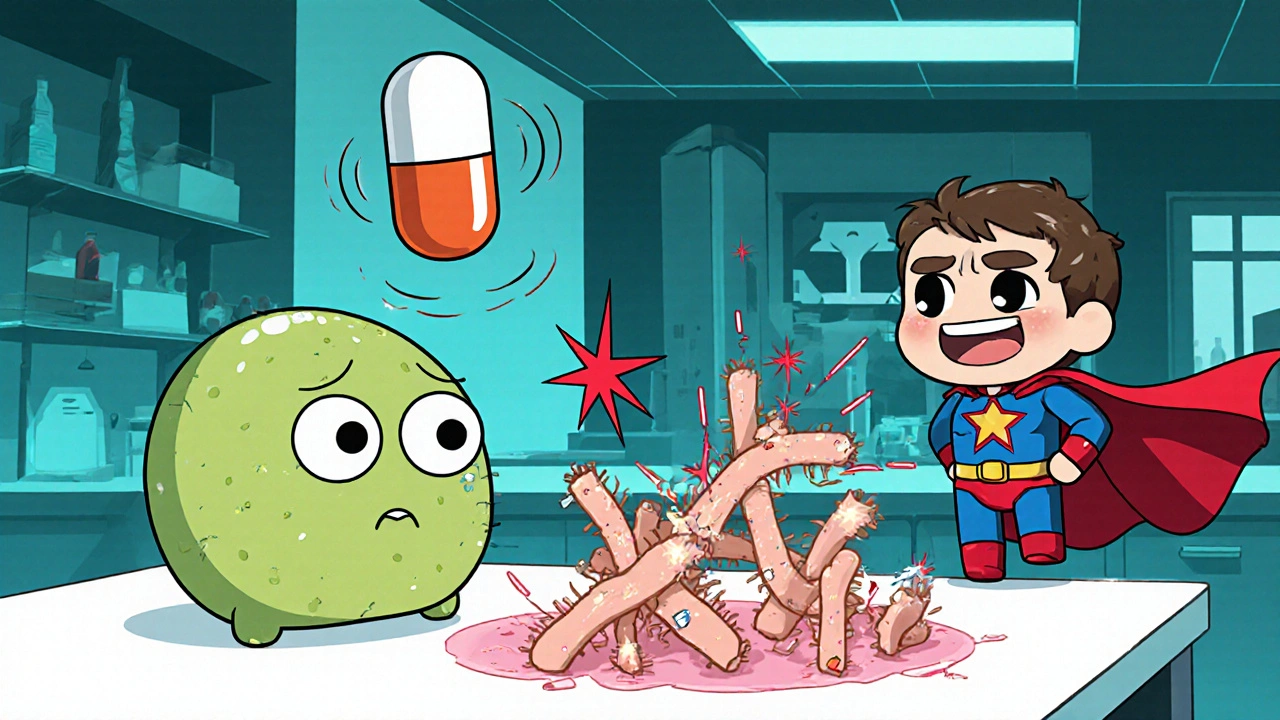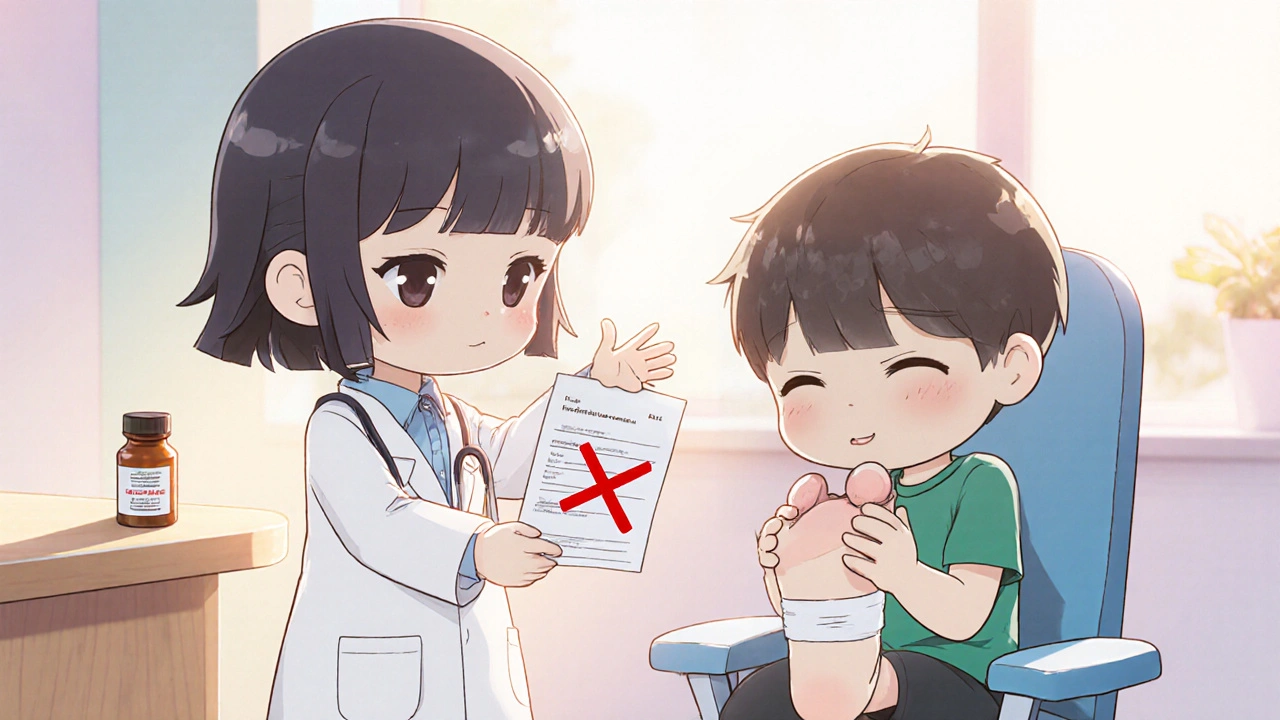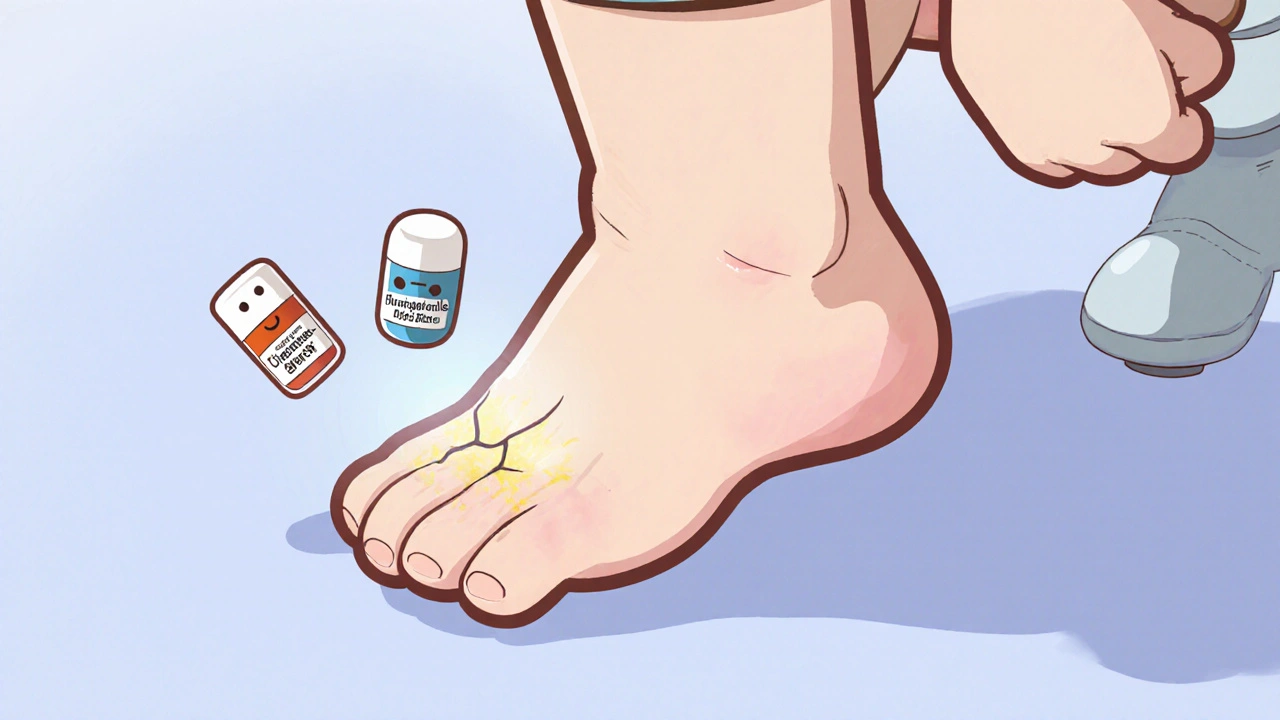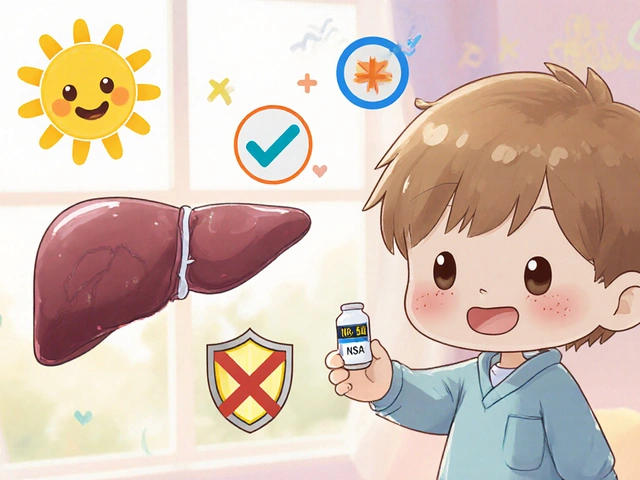Achilles Tendon Rupture Risk Calculator
Enter patient details to see risk assessment
Key Takeaways
- Fluoroquinolones raise the odds of Achilles tendon rupture up to 4‑fold; adding corticosteroids can push the risk beyond 40‑fold.
- Elderly patients, especially those with renal impairment or diabetes, are the most vulnerable.
- Early signs-pain, swelling, a sudden "pop"-should prompt immediate drug discontinuation.
- Ciprofloxacin accounts for the majority of reported tendon events among fluoroquinolones.
- Guidelines now advise reserving fluoroquinolones for infections without safer alternatives.
When prescribing fluoroquinolone antibiotics broad‑spectrum drugs that inhibit bacterial DNA gyrase and topoisomerase IV, clinicians must balance their antimicrobial power against a rare but severe side effect: tendon rupture. The danger spikes dramatically when patients are also taking corticosteroids anti‑inflammatory hormones used for a wide range of conditions. Together, these agents create a perfect storm for the Achilles tendon, often leading to surgical repair and months of rehab.
How Fluoroquinolones Damage Tendons
Lab work and case reports point to a direct toxic hit on collagen fibers. Fluoroquinolones may disrupt tenocyte metabolism, increase matrix metalloproteinase activity, and impair collagen synthesis. Patients can feel the effect after a single dose; the median onset of symptoms is about six days, and 85 % of events appear within the first month of therapy. Even after stopping the drug, half of the reported cases continue to develop, suggesting lingering tissue vulnerability.
Why Corticosteroids Amplify the Risk
Corticosteroids themselves weaken connective tissue by reducing collagen production. When they overlap with a fluoroquinolone, the combined impact on tendon health becomes multiplicative. A large population‑based study showed a 46‑fold increase in Achilles rupture risk for patients on both drugs versus fluoroquinolone alone. The synergy is especially pronounced in patients over 60 years old.
Who Is Most at Risk?
Risk factors stack up like dominoes:
- Age > 60 years - 1.5‑fold rise in tendinopathy, 2.7‑fold rise in rupture.
- Concurrent corticosteroid therapy - up to 46‑fold increase.
- Renal impairment (eGFR < 30 mL/min/1.73 m²) - reduced drug clearance heightens exposure.
- Diabetes mellitus - altered tendon blood flow.
- Previous tendon injury or organ transplant - compromised tissue integrity.

Fluoroquinolone Agents and Their Reported Incidence
| Agent | Reports | Percentage of Total | Rupture vs Tendinitis |
|---|---|---|---|
| Ciprofloxacin | 36 | 67.9 % | 13 rupture / 23 tendinitis |
| Norfloxacin | 16 | 30.2 % | 5 rupture / 11 tendinitis |
| Levofloxacin | 1 | 2.0 % | 0 rupture / 1 tendinitis |
Clinical Red Flags and Immediate Actions
Spotting the problem early can spare a patient from surgery. Watch for:
- Sudden, sharp pain in the calf or heel during ordinary activity.
- Swelling, warmth, or a palpable “gap” in the tendon.
- A distinct “pop” sensation, often followed by loss of push‑off strength.
If any of these appear, the protocol is simple:
- Stop the fluoroquinolone immediately.
- Refer the patient for orthopedic evaluation.
- Document the adverse‑event discussion as part of the medical record.
Guideline‑Based Prescribing Strategies
Professional societies now recommend a stepped‑approach:
- Reserve fluoroquinolones for infections where no safer oral agents exist (e.g., multidrug‑resistant urinary tract infections, certain pneumonia cases).
- Screen every patient for age > 60, renal function, diabetes, and steroid use before writing a prescription.
- Prefer shorter courses (5‑7 days) when the drug is unavoidable.
- Consider alternative agents such as beta‑lactams, macrolides, or nitrofurantoin for uncomplicated infections.

Regulatory Landscape and Market Impact
The FDA’s 2008 safety alert and the 2013 black‑box warning have pulled fluoroquinolones down from the top‑prescribed antibiotics list. Prescription volumes fell by roughly 15 % in the United States between 2014 and 2020, with a steeper decline in elderly cohorts. Similar alerts came from the European Medicines Agency and New Zealand’s Medsafe, creating a global consensus on the need for caution.
Future Directions in Research
Scientists are hunting for biomarkers that could flag high‑risk patients before exposure. Early‑phase studies are probing genetic variants in the COL1A1 gene and serum levels of matrix metalloproteinases. Parallel drug‑design efforts aim to produce next‑generation quinolones that keep antimicrobial potency while shedding the collagen‑toxic tail. Until those hit the market, vigilant prescribing remains the best defense.
Bottom Line for Clinicians
Fluoroquinolones are powerful tools, but they come with a tendon‑rupture liability that skyrockets with corticosteroid co‑therapy. By screening, educating, and acting fast at the first hint of tendon pain, clinicians can protect patients from a life‑changing injury while still treating serious infections effectively.
What is the absolute risk of Achilles tendon rupture when taking a fluoroquinolone?
Large database studies estimate about 0.1‑0.4 % of patients on fluoroquinolones experience a rupture, with the risk rising to roughly 1-2 % when steroids are added.
Which fluoroquinolone has the highest reported tendon toxicity?
Ciprofloxacin accounts for about 68 % of tendon‑related adverse reports, making it the most frequently implicated agent.
How soon after starting therapy can tendon symptoms appear?
The median onset is six days; 85 % of cases emerge within the first month, and some arise weeks after the drug is stopped.
Should all elderly patients avoid fluoroquinolones?
Not automatically, but clinicians should verify that no safer antibiotic can treat the infection and assess for steroid use, renal dysfunction, or prior tendon injury first.
What immediate steps should a patient take if they feel a “pop” in their heel while on a fluoroquinolone?
Stop the medication, keep the foot immobilized, seek urgent orthopedic evaluation, and inform the prescribing doctor about the adverse event.




Yo, I read that whole fluoroquinolone stuff and let me tell ya, doctors need a reality check. 4‑fold risk is no joke – it’s like handing out knives to a kid. If you’re on steroids too, you might as well be signing a death‑writ for your Achilles. Elderly folks with kidney problems? They’re practically walking on a time bomb. Seriously, stop using these drugs as first‑line unless you have no other choice.
Balancing infection control with tendon safety is vital. Patients should be screened for age, steroid use, and kidney function before prescribing.
One must consider the grand tapestry of pharmacology, where each molecule is a thread woven into the fabric of human health, and yet some threads, like the fluoroquinolones, are frayed beyond redemption. The notion that a simple antibiotic could so effortlessly dismantle the structural integrity of the Achilles tendon borders on the absurd, if not outright conspiratorial. Imagine the pharmaceutical giants, cloaked in secrecy, knowingly dispersing a drug that silently erodes collagen while the public blissfully swallows it for a sore throat. They whisper of “broad‑spectrum efficacy,” but what they truly hide is the silent, insidious march toward musculoskeletal ruin. The data-risk amplification from 0.4 % to over 2 % with steroids-does not merely suggest danger; it screams that an uncontrolled cascade is at play. The collagen‑degrading enzymes, the matrix metalloproteinases, are not benign side‑effects; they are weapons unleashed upon the body’s own scaffolding. And who benefits? A shadowy cabal of profit‑hungry boardrooms, whose quarterly reports swell as patients suffer torn tendons and undergo expensive surgeries. The FDA’s black‑box warnings are but a feeble band‑aid on a gaping wound. Meanwhile, clinicians are left to navigate a minefield of misinformation, often oblivious to the fact that the very guidelines urging restraint are themselves the product of a compromised system. In this theater of deception, the patient’s well‑being becomes a mere prop. To truly safeguard public health, we must demand transparency, prioritize alternatives, and expose the hidden agenda that fuels the continued prescription of these dangerous agents.
Thinking about this makes me realize how easy it is to overlook subtle risks. The article nicely lays out the warning signs – sudden pain, swelling, that "pop" – and why we must act fast. It also reminds us to ask patients about steroid use before reaching for a quinolone. A little extra caution can save months of rehab. Stay vigilant, folks.
I find it concerning how often these drugs are prescribed without considering age or kidney function. The risk numbers are not abstract; they translate to real people ending up with broken tendons. Doctors should double‑check before writing a fluoroquinolone.